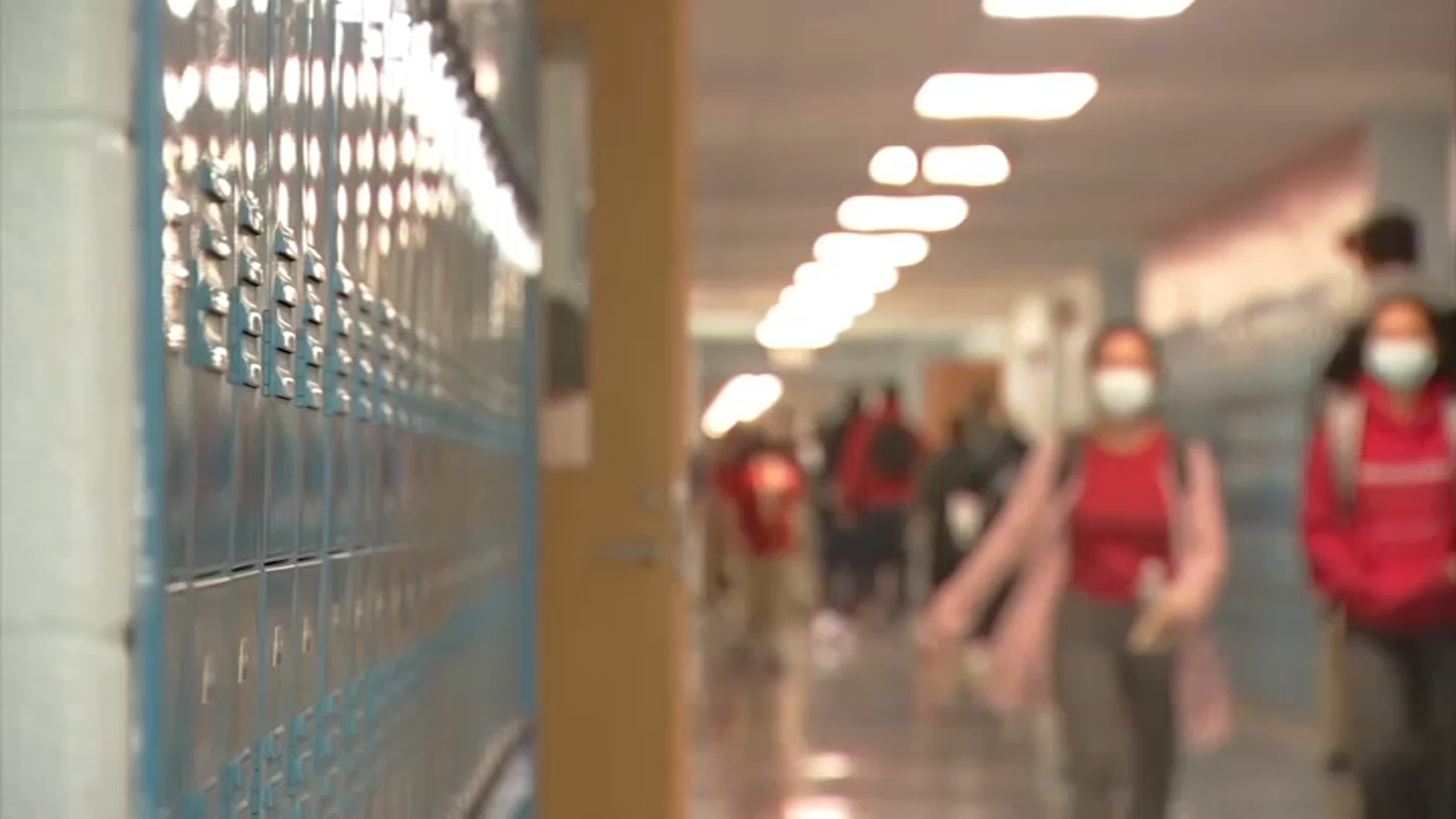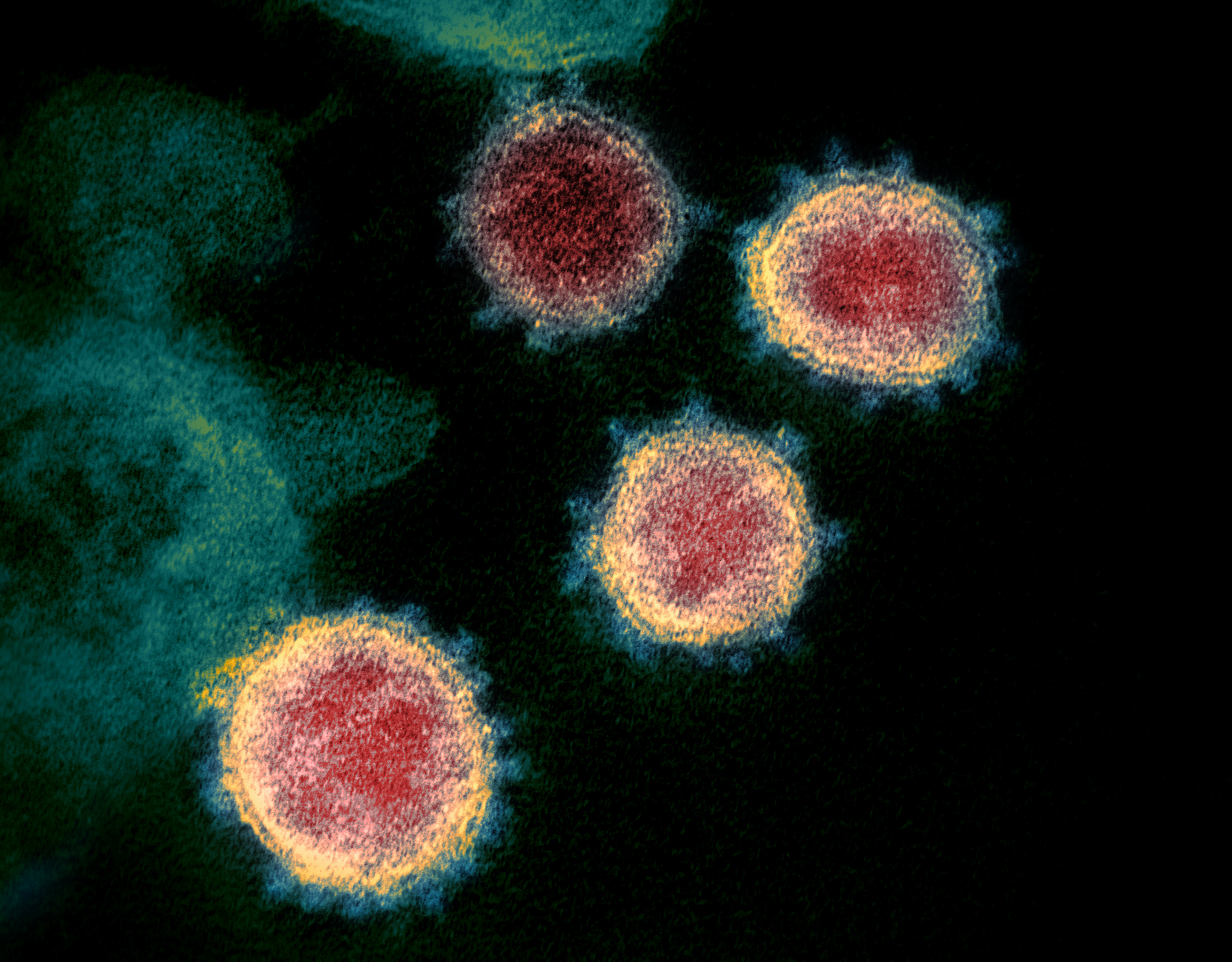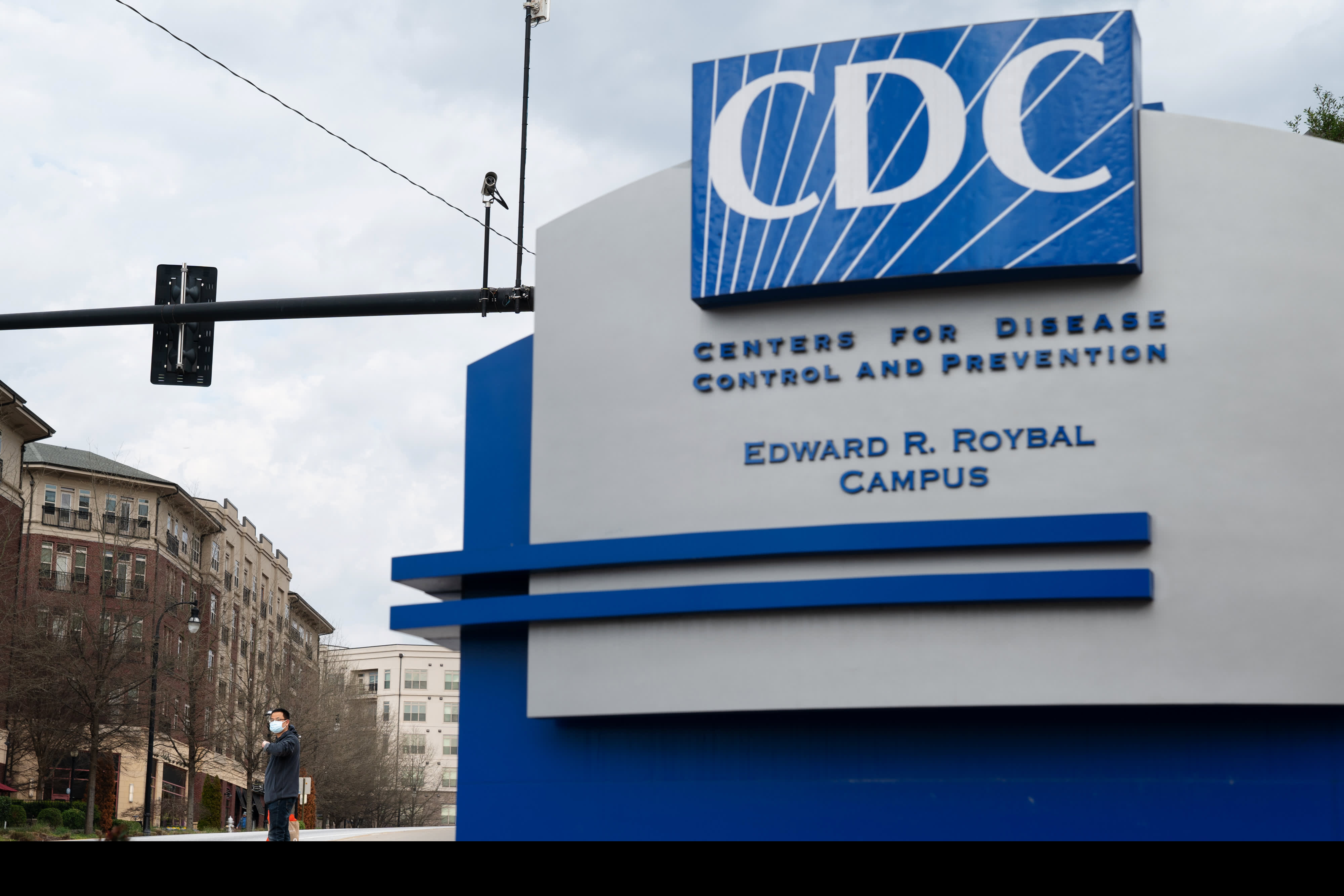New guidelines surrounding COVID protocols have been put into place, with the changes being driven by a recognition that an estimated 95% of Americans 16 and older have acquired some level of immunity, according to federal health officials.
The revised recommendations, announced last week by the Centers for Disease Control and Prevention, ease social distancing requirements and no longer encourage Americans to quarantine if they come into close contact with an infected person.
WATCH ANYTIME FOR FREE
Stream NBC10 Boston news for free, 24/7, wherever you are. |
The altered guidance, according to CDC officials, reflects more tools are available to offer protection against severe illness from COVID, including vaccination, boosters and treatment.
“...We also have a better understanding of how to protect people from being exposed to the virus, like wearing high-quality masks, testing, and improved ventilation," explained Greta Massetti, PhD, the branch chief of the CDC's Field Epidemiology and Prevention Branch. "This guidance acknowledges that the pandemic is not over, but also helps us move to a point where COVID-19 no longer severely disrupts our daily lives.”
Get updates on what's happening in Boston to your inbox. Sign up for our News Headlines newsletter.
The Massachusetts Department of Public Health updated its quarantine and isolation policies on Monday to bring them in line with the latest CDC recommendations. The state Department of Elementary and Secondary Education and the Department of Public Health also issued new guidance for K-12 schools and districts across the state.
So, if you test positive for COVID-19, which protocols should you follow, and what's different from before?
When do you need to isolate?
If you test positive for COVID-19 on either a rapid antigen or PCR test, you are required to self-isolate – whether you are vaccinated or not. Do not leave your home, except to get medical care. Do not visit public areas. Self-isolation means separating yourself from others to keep your germs from spreading. Regardless of vaccination status, all individuals who test positive should avoid people who are at high risk of severe disease for 10 days.
It's important to note that if you were exposed to COVID-19, the Food and Drug Administration now recommends you take three home tests instead of two to make sure you’re not infected.
The new guidance applies to people without symptoms who believe they may have been exposed.
Previously, the FDA had advised taking two rapid antigen tests over two or three days to rule out infection. But the agency says new studies suggest that protocol can miss too many infections, and could result in people spreading the coronavirus to others, especially if they don't develop symptoms.
How long should you isolate?
If you test positive for COVID-19, the guidance states that you should stay home for at least five days and isolate from others in your home. You are likely the most infectious during these first five days.
When you end isolation, you should still avoid being around people who are most at-risk until at least day 11.
After you have ended isolation, you'll also need to wear a mask through day 10, per the guidelines. The CDC also notes, however, that if you have access to antigen tests, "you should consider using them."
"With two sequential negative tests 48 hours apart, you may remove your mask sooner than day 10," the guidance states, adding that if your antigen test results are positive, "you may still be infectious."
Those who continue to test positive shouldn't stop following other precautions.
"You should continue wearing a mask and wait at least 48 hours before taking another test," the CDC recommends. "Continue taking antigen tests at least 48 hours apart until you have two sequential negative results. This may mean you need to continue wearing a mask and testing beyond day 10."
If your symptoms worsen or return after you end isolation, you'll need to restart your isolation at day 0, per the guidelines.
How do you calculate isolation time?
The CDC states that isolation for those who have COVID is counted in days, but it depends on if you are exhibiting systems or not.
If you have no symptoms:
- Day 0 is the day you were tested (not the day you received your positive test result)
- Day 1 is the first full day following the day you were tested
- If you develop symptoms within 10 days of when you were tested, the clock restarts at day 0 on the day of symptom onset
If you have symptoms:
- Day 0 of isolation is the day of symptom onset, regardless of when you tested positive
- Day 1 is the first full day after the day your symptoms started
What does isolation include?
- Wear a high-quality mask if you must be around others at home and in public
- Do not go places where you are unable to wear a mask
- Do not travel
- Stay home and separate from others as much as possible
- Use a separate bathroom, if possible
- Take steps to improve ventilation at home, if possible
- Don’t share personal household items, like cups, towels, and utensil
- Monitor your symptoms. If you have an emergency warning sign (like trouble breathing), seek emergency medical care immediately
What do you need to do to end isolation?
If you had no symptoms, you can end isolation after day 5, according to the CDC.
If you had symptoms, however, you can only end isolation after day 5 if:
- You are fever-free for 24 hours (without the use of fever-reducing medication)
- Your symptoms are improving
If you still have fever or your other symptoms have not improved, continue to isolate until they improve, the guidelines state.
How severe your symptoms are can also play a role.
If you had moderate illness - such as shortness of breath or difficulty breathing - or severe illness, including hospitalization due to COVID-19, or if you have a weakened immune system, you'll need to isolate through day 10.
If you had severe illness or have a weakened immune system, you'll want to consult your doctor before ending isolation. In that case, a viral test may be necessary to get out of isolation.
Do you need to quarantine?
The CDC previously said that if people who are not up to date on their COVID-19 vaccinations come into close contact with a person who tests positive, they should stay home for at least five days.
Now the agency says quarantining at home is not necessary. However, it urges those people to wear a high-quality mask for 10 days and get tested after five.




